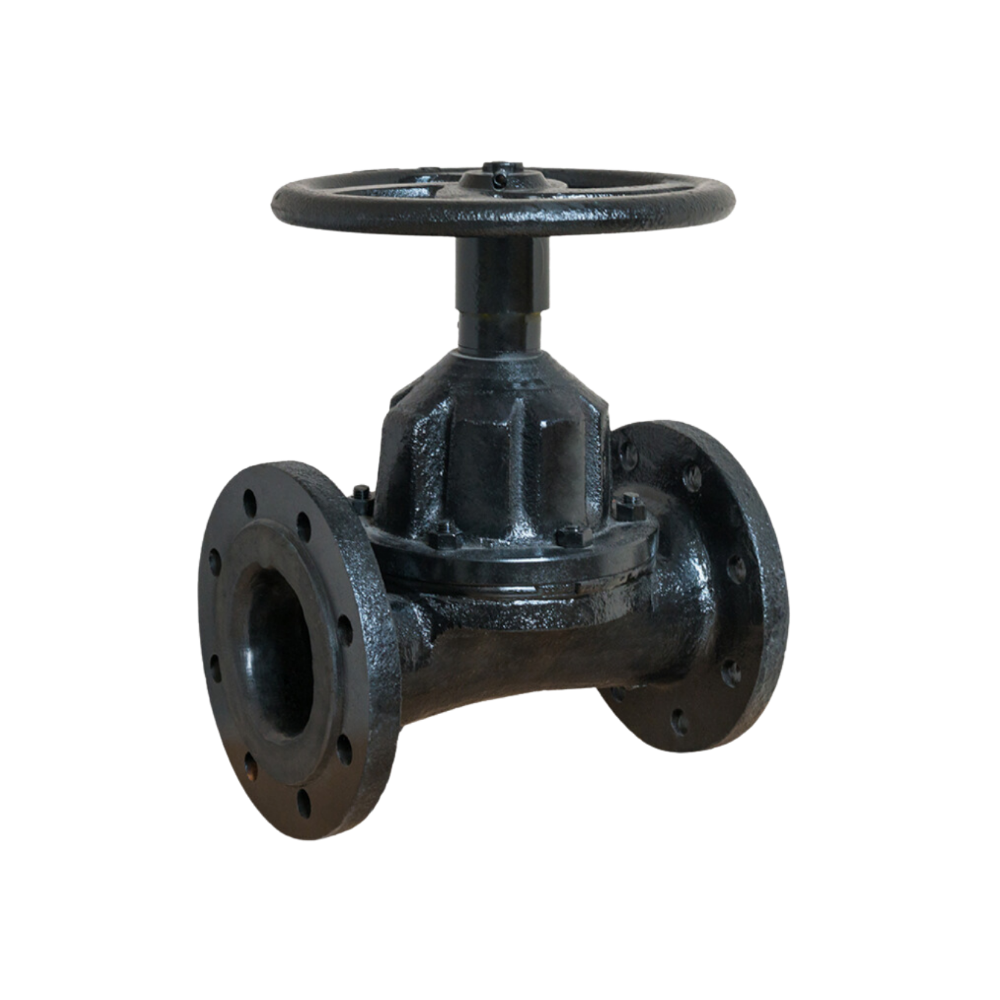

Globe valve performance and applicability for a range of applications depend on the material selection. Different materials offer particular advantages in guaranteeing that the valves satisfy operating requirements and are durable and dependable. Globe valves are available in several material combinations to satisfy certain needs, such as affordability, corrosion resistance, or dependable operation at high pressure.
Globe valve body materials
The globe valve’s major structural component, the valve body, must be strong enough to withstand internal system pressures and the operating environment. Strength, resistance to corrosion, and cost-effectiveness are some of the considerations that go into choosing the materials for the valve body:
The robustness and low cost of carbon steel make it a popular choice for industrial applications. Because carbon steel is affordable and has a good level of durability, it is a good choice for globe valve applications where severe corrosion resistance is not required. Depending on the grade, it may withstand temperatures and pressures ranging from moderate to high, usually up to 1980 psi (136 bar) and 800°F (427°C).
Strong enough for lower temperatures and pressures, ideal for less demanding applications. When price is a major factor, its cheaper cost makes it appealing. The typical range of temperatures and pressures for cast iron is 450°F (232°C) and 250 psi (17.2 bar).
Stainless steel is perfect for applications where resistance to corrosion is essential, including in the food processing and pharmaceutical sectors and other harsh media. Stainless steel guarantees non-reactivity and cleanliness. Depending on the alloy, it can tolerate pressures of up to 3000 psi (207 bar) and temperatures as high as 1000°F (538°C).
Offers superior resistance to corrosion, lightweight design, and economical use for managing corrosive substances. It does not, however, have the mechanical strength and thermal stability of metals and is not appropriate for use in high-pressure or temperature environments. PVC is useful at temperatures as high as 232 psi (16 bar) and 140°F (60°C).
Because of its exceptional strength and endurance, it is intended for use in high-pressure and high-temperature applications. Through the process of forging, a material’s structure becomes denser and more homogeneous, improving its mechanical qualities as well as its resistance to impact and thermal fatigue. Depending on the quality, forged steel may resist pressures of up to 6000 psi (414 bar) and temperatures as high as 1050°F (566°C).
Depending on the globe valve application’s operating needs and environmental circumstances, each material variety has a unique set of benefits.
Conclusion
There are two primary designs for globe valves: single-seat and double-seat. The disc enters and exits the flow route in a single-seat configuration. This is a simple and often-used arrangement. Conversely, double-seat designs are appropriate for bigger valves or those managing high pressure since they feature two discs, which helps spread hydraulic strain.
Think about how the process medium interacts with the valve when deciding between cage-guided and traditional designs. Media and disc may come into direct touch with one another in conventional configurations. Cage-guided systems, on the other hand, protect the disc from pressure and deflection, which is advantageous in certain situations.
But remember that since they might block the valve, cage-guided designs might not be appropriate for viscous fluids. To achieve optimum performance, the design you choose should thus be in line with the particular needs of your application.

What is a Pinch Valve? A pinch valve is a control valve that utilizes pressurized air to manage fluid flow. Pinch valves are also referred to as squeeze valves or clamp valves. It is a cost-effective option due to its simplicity and low friction, making it resistant to clogging. Pinch valves find applications in on/off […]

From delivering purified water in a pharmaceutical lab to controlling the flow of corrosive chemicals in an industrial facility, diaphragm valves play a vital role in ensuring efficiency and safety. Known for their durability, tight sealing, and ability to handle diverse fluids, these valves are indispensable in many industries. Whether it’s a clean environment or […]

In industries like pharmaceuticals, food processing, and water treatment, ensuring the smooth flow of liquids, gases, or slurries is crucial to maintaining system efficiency and safety. Diaphragm valves stand out in these fields for their reliability, precision, and ability to handle a variety of substances, from clean water to corrosive chemicals. While they provide several […]

Diaphragm valves may not always be in the spotlight, but their role in controlling fluid flow is vital across various industries. These valves are designed with a flexible diaphragm that regulates the flow of liquids, gases, and semi-solids. From pharmaceuticals to water treatment, diaphragm valves provide precise control, tight shut-offs, and efficient fluid management. In […]



